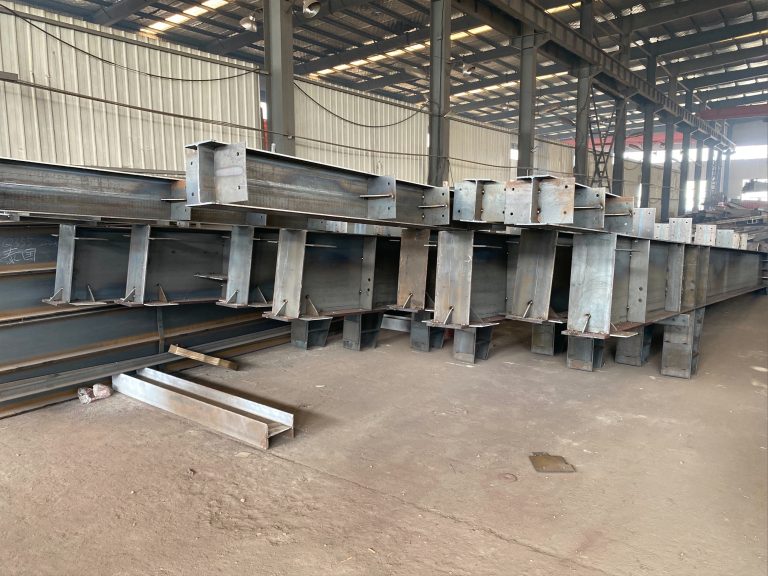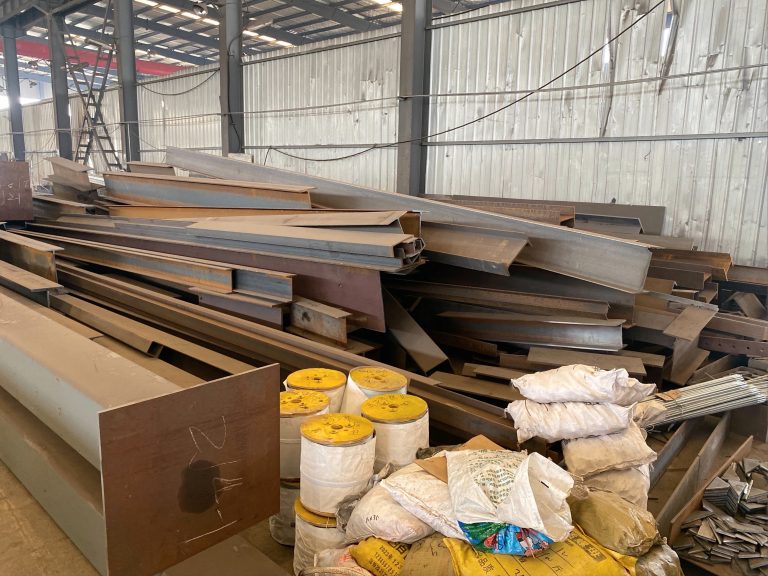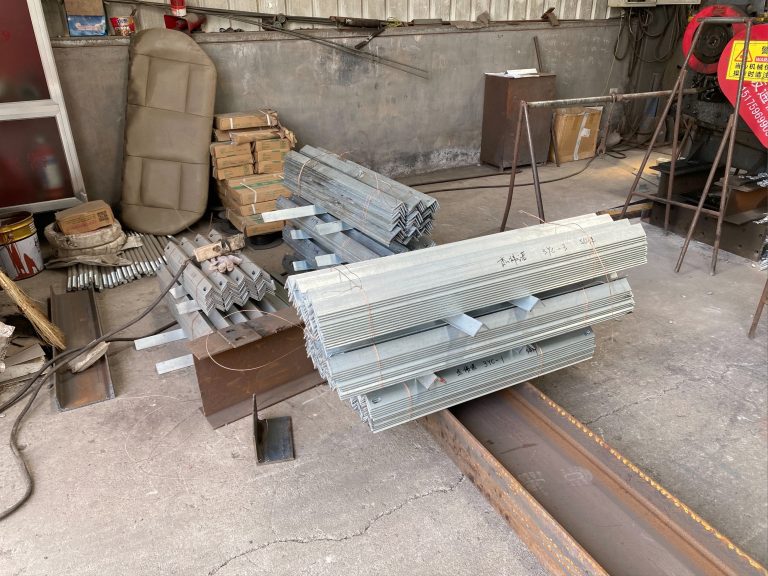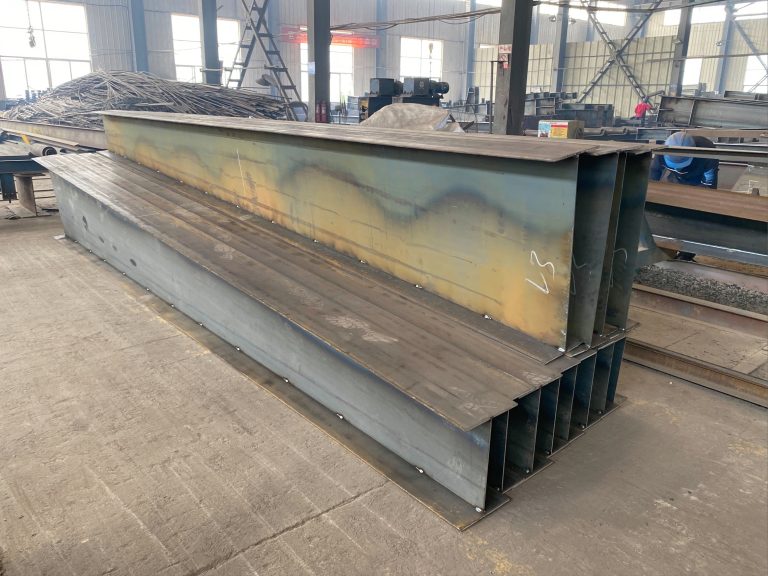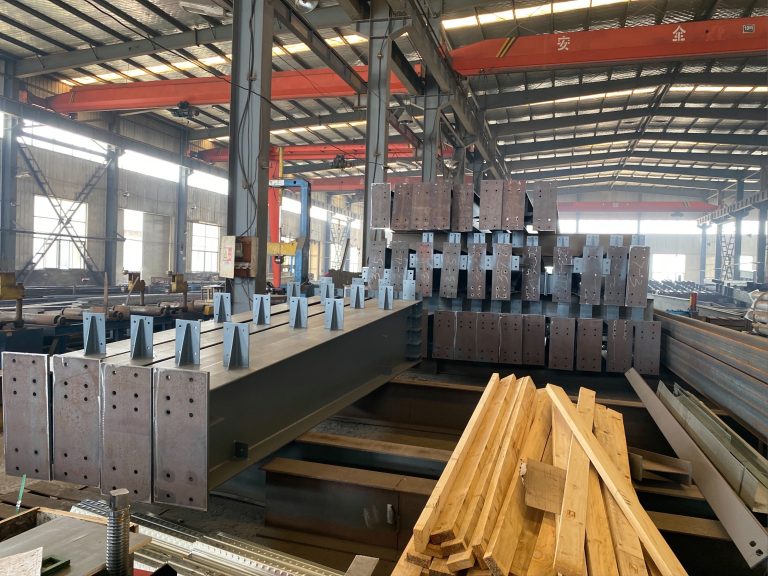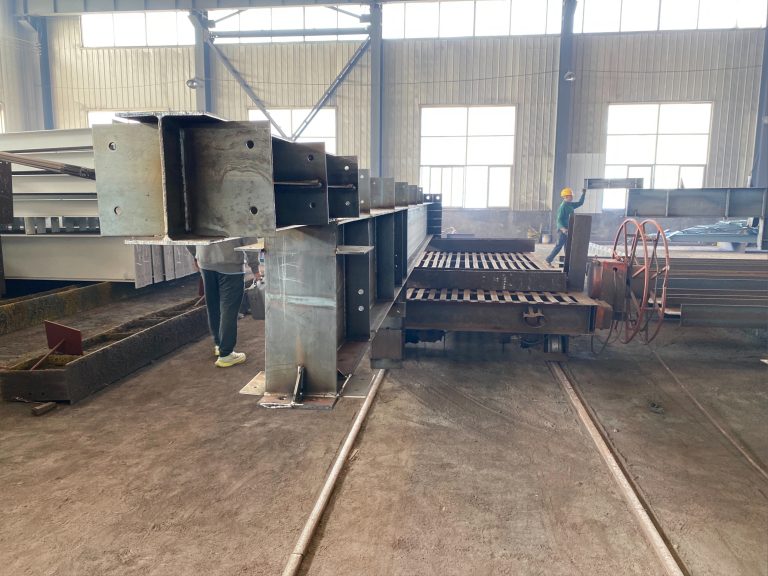Application of steel structure in urban infrastructure
Table of Contents
Benefits of Using Steel Structures in Urban Infrastructure Projects
Steel structures have long been a popular choice for urban infrastructure projects due to their numerous benefits. From bridges and skyscrapers to stadiums and transportation systems, steel has proven to be a versatile and reliable material for a wide range of applications. In this article, we will explore the various advantages of using steel structures in urban infrastructure projects.
One of the key benefits of steel structures is their strength and durability. Steel is known for its high tensile strength, which allows it to withstand heavy loads and extreme weather conditions. This makes steel structures ideal for supporting large buildings, bridges, and other urban infrastructure projects that require a high level of structural integrity. Additionally, steel is resistant to corrosion, rust, and fire, making it a long-lasting and low-maintenance material for urban environments.
Another advantage of steel structures is their flexibility and adaptability. Steel can be easily fabricated into different shapes and sizes, allowing for customized designs that meet the specific requirements of urban infrastructure projects. This flexibility also makes steel structures easy to modify or expand in the future, providing a cost-effective solution for evolving urban landscapes. Additionally, steel structures can be prefabricated off-site and assembled on-site, reducing construction time and minimizing disruption to surrounding areas.
In addition to their strength and flexibility, steel structures are also environmentally friendly. Steel is a highly recyclable material, with a recycling rate of over 90% in North America. This means that steel structures can be easily dismantled and reused at the end of their lifespan, reducing waste and minimizing the environmental impact of urban infrastructure projects. Furthermore, steel is energy-efficient to produce, with modern steelmaking techniques using recycled materials and renewable energy sources to minimize carbon emissions.
Steel structures also offer cost savings for urban infrastructure projects. While the initial cost of steel may be higher than other materials, the long-term benefits of steel structures often outweigh the upfront investment. Steel structures require less maintenance and repair compared to other materials, reducing ongoing costs over the lifespan of the project. Additionally, steel structures have a shorter construction time, which can result in lower labor costs and faster project completion. Overall, the durability, flexibility, and sustainability of steel structures make them a cost-effective choice for urban infrastructure projects.
In conclusion, the application of steel structures in urban infrastructure projects offers a wide range of benefits. From their strength and durability to their flexibility and sustainability, steel structures provide a reliable and efficient solution for a variety of urban environments. By choosing steel for infrastructure projects, cities can create safe, resilient, and environmentally friendly structures that enhance the quality of life for residents and visitors alike. As urban populations continue to grow and evolve, steel structures will play an essential role in shaping the future of our cities.
Innovative Applications of Steel Structures in Urban Development
Steel structures have long been a staple in the construction industry due to their durability, strength, and versatility. In recent years, there has been a growing trend in the application of steel structures in urban infrastructure projects. From bridges and tunnels to high-rise buildings and public transportation systems, steel has become a go-to material for architects and engineers looking to create innovative and sustainable solutions for urban development.
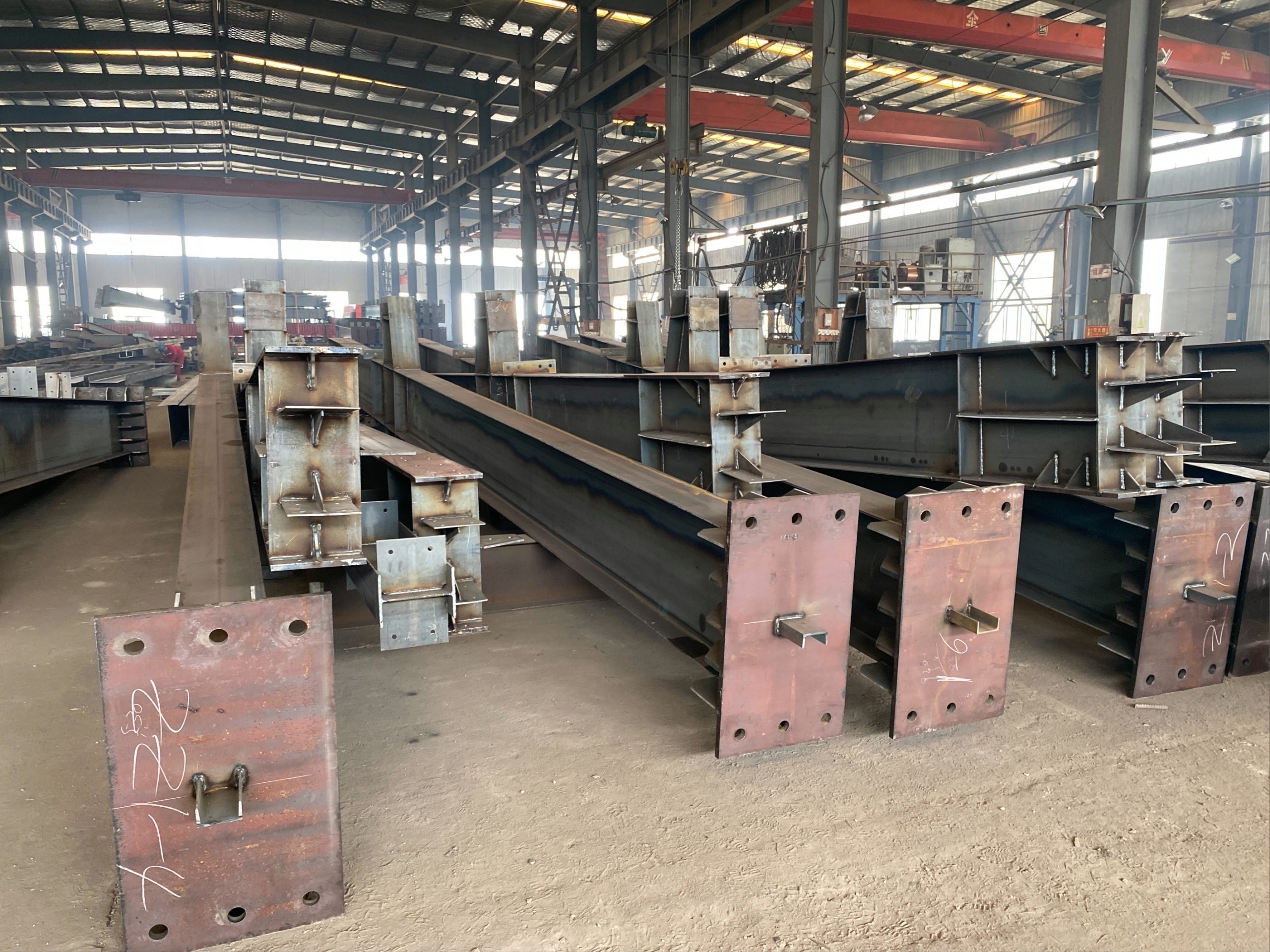
One of the key advantages of using steel in urban infrastructure projects is its strength-to-weight ratio. Steel is much lighter than other traditional building materials such as concrete and wood, making it ideal for projects that require long spans or tall structures. This allows for greater flexibility in design and construction, as well as reduced costs and construction time. Additionally, steel structures are highly resistant to corrosion and weathering, making them a durable and long-lasting option for urban infrastructure projects.
Steel structures are also highly customizable, allowing architects and engineers to create unique and visually striking designs. The flexibility of steel allows for the creation of complex shapes and forms that would be difficult or impossible to achieve with other materials. This has led to the development of iconic structures such as the Eiffel Tower in Paris and the Burj Khalifa in Dubai, which have become symbols of their respective cities.
In addition to their aesthetic appeal, steel structures offer practical benefits for urban infrastructure projects. Steel is a sustainable and environmentally friendly material, as it can be recycled and reused indefinitely without losing its strength or quality. This makes steel an attractive option for projects that aim to reduce their environmental impact and carbon footprint. Furthermore, steel structures are highly resistant to fire and seismic activity, making them a safe and reliable choice for urban infrastructure projects in areas prone to natural disasters.
One of the most common applications of steel structures in urban infrastructure is in the construction of bridges and tunnels. Steel bridges are known for their strength, durability, and aesthetic appeal, making them a popular choice for connecting different parts of a city or crossing bodies of water. Steel tunnels are also widely used in urban areas to provide underground transportation routes for cars, trains, and pedestrians. The lightweight nature of steel makes it easier to construct and maintain these structures, while also reducing the overall cost of the project.
Another innovative application of steel structures in urban development is in the construction of high-rise buildings. Steel-framed skyscrapers have become increasingly popular in cities around the world, as they offer a cost-effective and efficient way to create tall and visually striking buildings. Steel structures allow for greater flexibility in design, as well as faster construction times and reduced material waste. This has led to the development of iconic skyscrapers such as the Empire State Building in New York City and the Shard in London, which have redefined the skylines of their respective cities.
Steel structures are also being used in the development of public transportation systems in urban areas. Steel is a popular choice for the construction of subway stations, bus terminals, and light rail systems, as it offers a durable and cost-effective solution for transporting large numbers of people efficiently. Steel structures can also be used to create elevated transportation systems, such as monorails and skytrains, which help to reduce congestion and improve connectivity in urban areas.
In conclusion, the application of steel structures in urban infrastructure projects has revolutionized the way cities are designed and built. Steel offers a wide range of benefits, including strength, durability, sustainability, and flexibility, making it an ideal material for creating innovative and sustainable solutions for urban development. From bridges and tunnels to high-rise buildings and public transportation systems, steel structures have become an essential component of modern urban infrastructure. As cities continue to grow and evolve, steel will undoubtedly play a key role in shaping the future of urban development.

